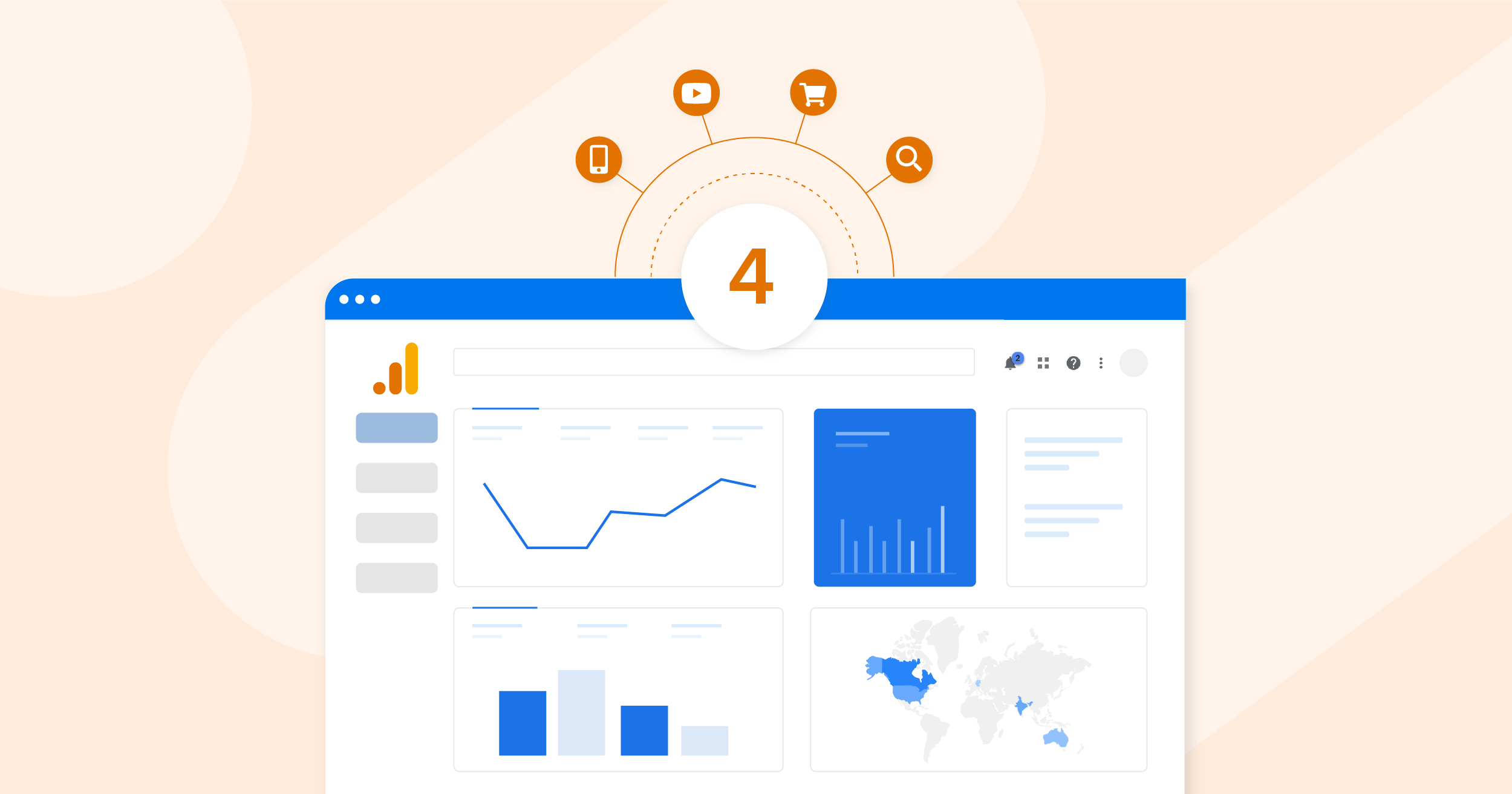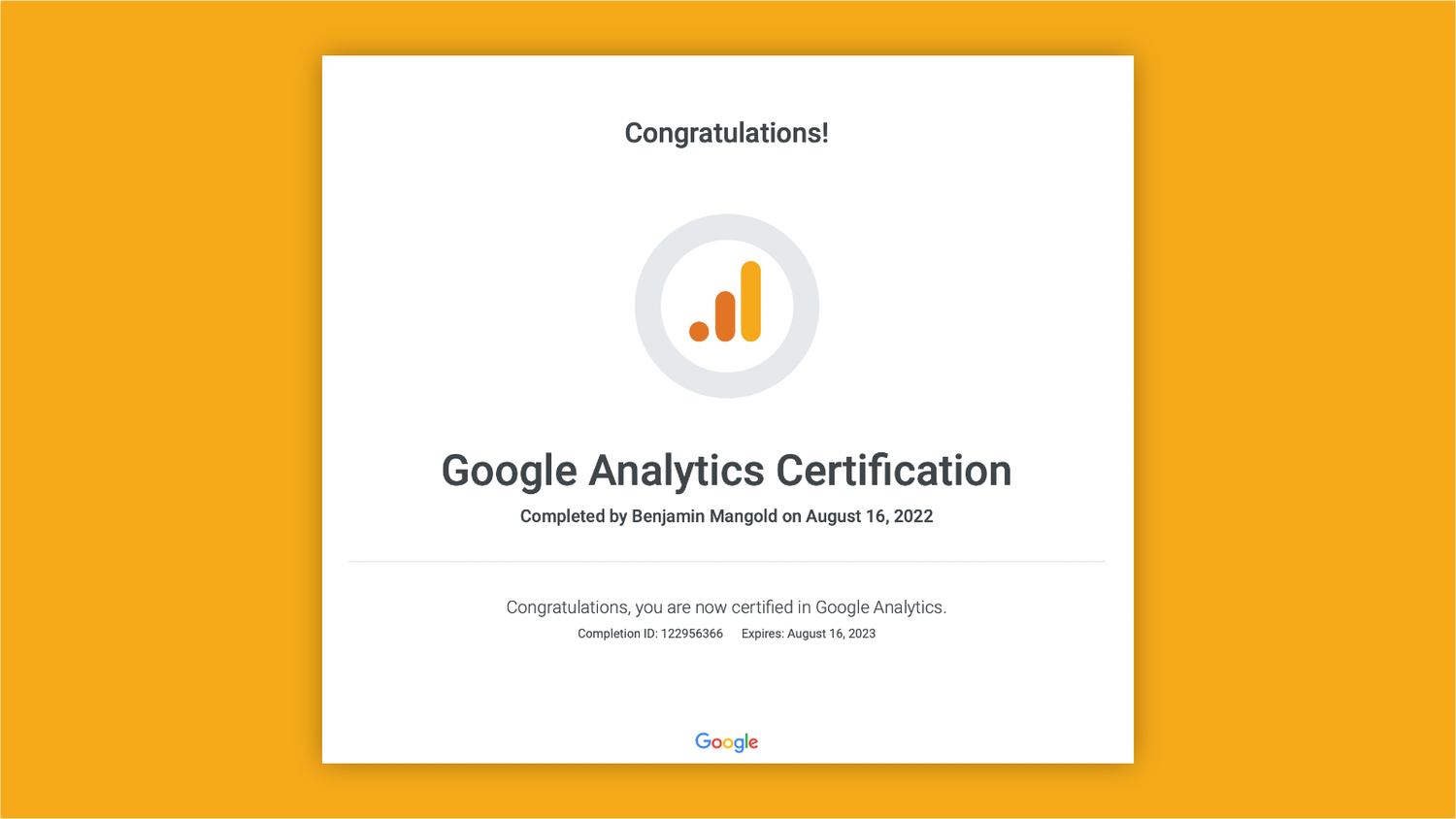Exploring the Midst of Internet Site Analysis With Google Analytics Equipment
In the world of digital advertising and marketing and online company procedures, the meticulous evaluation of internet site performance data has actually become a foundation of success. Google Analytics, an effective device provided by the technology titan, offers a detailed array of functions that permit customers to dissect and translate numerous metrics related to site traffic, individual actions, and conversion prices. As organizations strive to maximize their on-line presence and improve customer experience, the utilization of Google Analytics tools opens a globe of opportunities for educated decision-making and calculated preparation. The deepness of insights that can be amassed from this platform is absolutely nothing short of remarkable, clarifying the complex nuances of on the internet customer communications and interaction.
Understanding Google Analytics User Interface
Navigating through the intricate functions of the Google Analytics user interface can supply useful insights for web site performance analysis and optimization. The dashboard acts as the central center where users can access a vast variety of information connected to their website's web traffic, audience demographics, purchase channels, and a lot more. The left-hand sidebar offers a comprehensive food selection that includes personalized records, real-time information monitoring, audience habits evaluation, conversion monitoring, and acknowledgment modeling.
Within the user interface, users can dig right into details records such as the Audience Introduction, Behavior Flow, and Conversion Tracking to obtain a much deeper understanding of how site visitors communicate with the web site. Conversion Tracking enables individuals to set up and track details objectives, such as kind entries or item purchases, to determine the efficiency of advertising and marketing projects and site style adjustments.
Tracking User Habits and Interaction
Having obtained knowledge with the complex attributes of the Google Analytics user interface, the focus now changes in the direction of recognizing and evaluating customer habits and engagement on the website. Tracking user habits is critical for internet site proprietors to analyze the efficiency of their content, design, and general customer experience.
By understanding how customers engage with the site, internet site owners can customize their web content and layout to better meet the needs and preferences of their target market. Furthermore, tracking customer actions and interaction over time can assist identify fads, maximize marketing strategies, and inevitably boost the total efficiency of the site.
Studying Traffic Resources and Purchase
Just how can site owners effectively evaluate website traffic resources and procurement making use of Google Analytics tools? Understanding where site traffic originates from is important for enhancing marketing techniques. Google Analytics gives useful understandings right into the resources of site web traffic, categorizing them into networks such as organic search, direct web traffic, recommendations, social media, and paid advertising and marketing.
By delving into the Traffic Sources record, website owners can identify which networks are driving one of the most visitors to their website. This info enables them to designate sources properly, concentrating on channels that generate the very best outcomes - when does the tracking code send an link event hit to google analytics?. For example, if natural search is a significant web traffic resource, buying search engine optimization (SEARCH ENGINE OPTIMIZATION) can better increase exposure and bring in even more natural web traffic
Moreover, examining acquisition metrics like bounce rate, session period, and conversion rates for each and every website traffic source can help in reviewing the quality of traffic. By identifying the sources that bring in involved site visitors that are more probable to convert, website owners can fine-tune their acquisition methods and improve total performance.
Measuring Conversion Rates and Goals
Evaluating web site conversion prices and objectives is crucial for assessing the efficiency of digital advertising and marketing initiatives and optimizing the individual journey. Conversion rates suggest the portion of site visitors who complete a desired action, such as buying, registering for a newsletter, or filling in a contact kind. By tracking these metrics via Google Analytics, organizations can obtain valuable insights into customer habits and recognize locations for renovation.

Furthermore, examining conversion rates and goals can assist organizations understand the performance of their marketing projects, website style, and web content. Through constant surveillance and optimization, businesses can boost user experience, drive conversions, and eventually attain their digital advertising objectives.

Making Use Of Advanced Coverage and Attributes
To strengthen understandings beyond fundamental metrics and improve calculated decision-making, taking advantage of sophisticated reporting and functions within Google Analytics is crucial for maximizing the efficiency of digital marketing initiatives (when does the tracking code send an event hit to google analytics?). By using sophisticated reporting tools such as custom-made reports, attribution modeling, and friend evaluation, businesses can get a deeper understanding of individual behavior, recognize trends, and measure the influence of different advertising channels accurately

Attribution modeling assists associate conversions to the correct advertising channels, supplying understandings right into the consumer trip and one of the most efficient touchpoints along the method. Recognizing the payment of each network to conversions is crucial for enhancing marketing methods and alloting sources properly.
Cohort analysis allows services to track the habits of certain teams of individuals gradually, exposing patterns and patterns that can notify targeted advertising and marketing campaigns and improve user involvement. By leveraging these innovative coverage functions, companies can unlock valuable insights and enhance their electronic advertising efforts for success.
Conclusion
In conclusion, Google Analytics site link devices provide valuable understandings into web site performance and individual behavior. Generally, Google Analytics is a powerful device for site evaluation and optimization.
Google Analytics, a powerful device offered by the tech titan, gives a comprehensive variety of attributes that allow customers to dissect and translate numerous metrics related to website traffic, customer behavior, and conversion rates. Conversion Tracking permits users to set up and track particular goals, such as type entries or item purchases, to determine the performance of marketing campaigns and internet site design modifications.Having actually obtained familiarity with the complex attributes of the Google Analytics user interface, the emphasis now moves in the direction of analyzing and comprehending customer actions and engagement on the site. Tracking individual habits is critical for web site proprietors to analyze the performance of their content, design, and overall individual experience.In conclusion, Google Analytics tools supply useful understandings right into web site efficiency and individual habits.